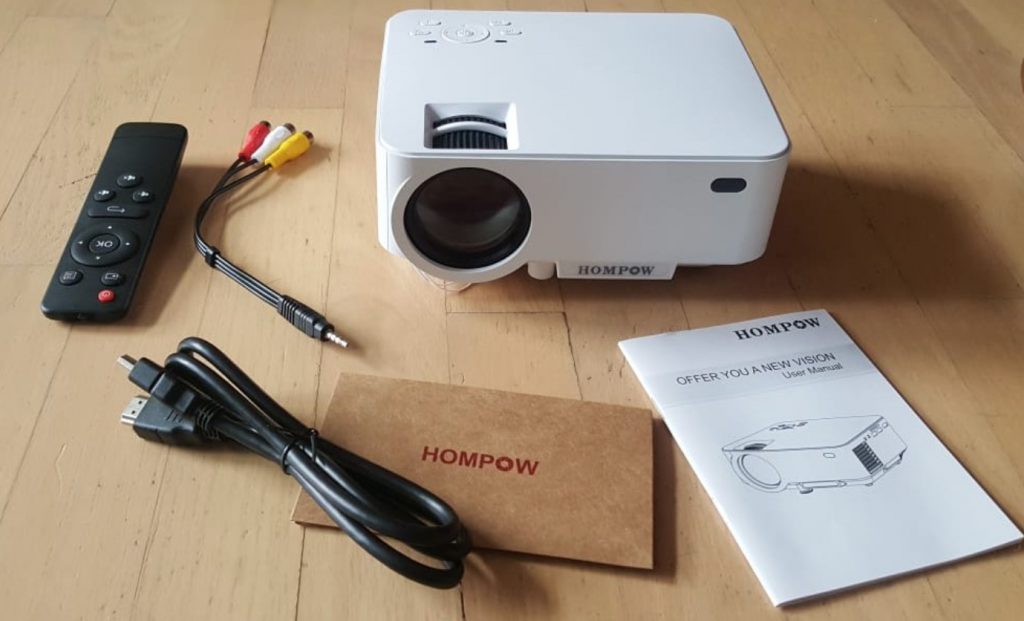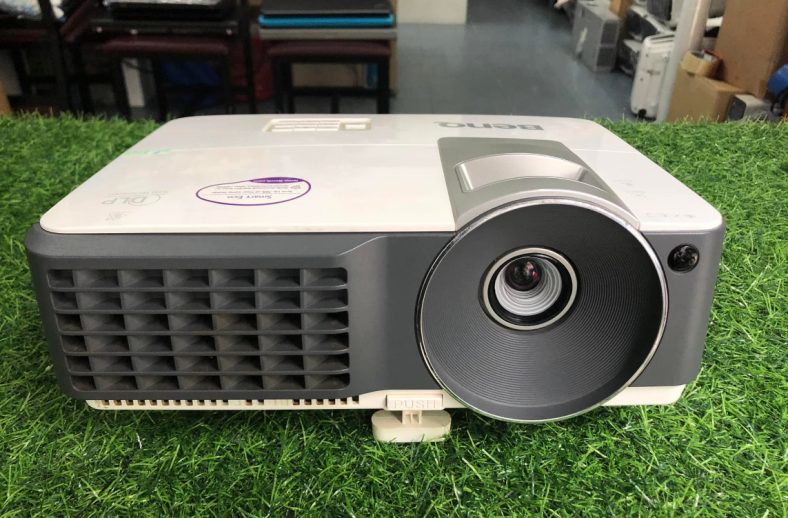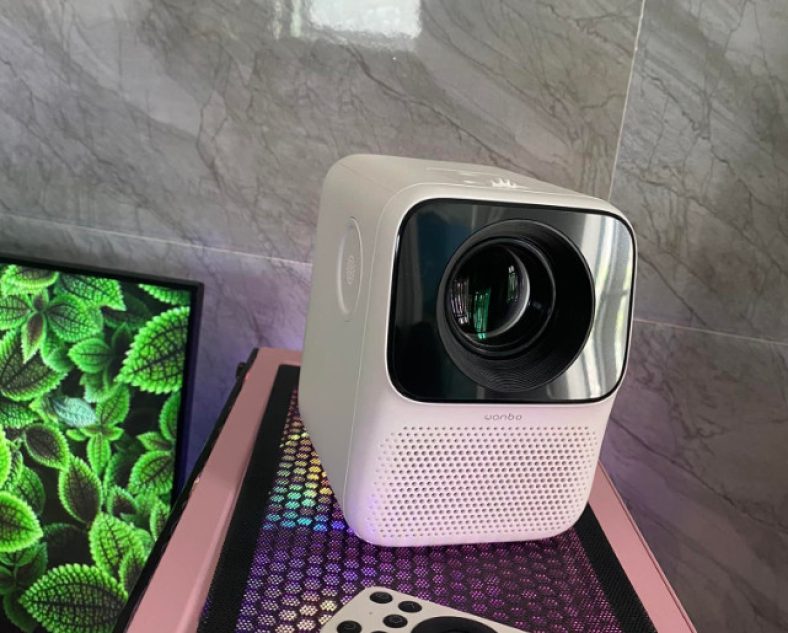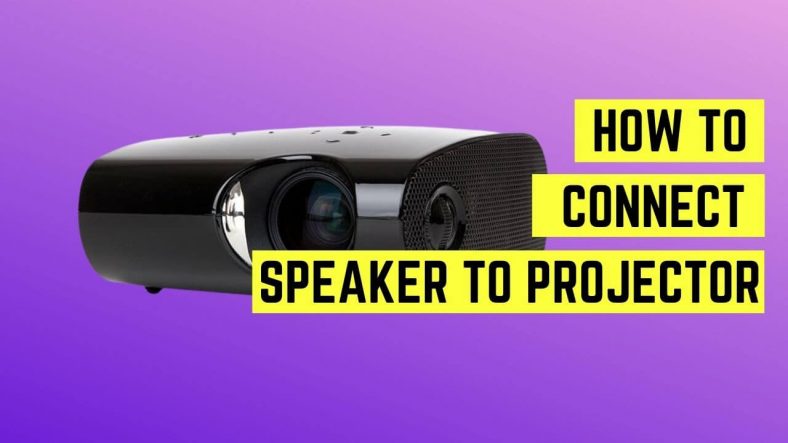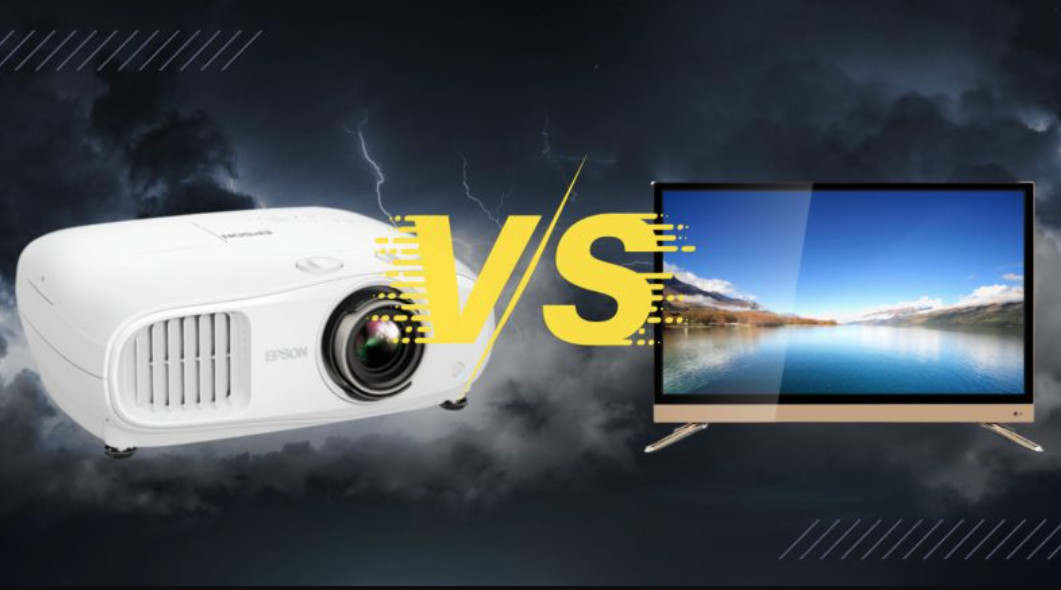
Does a projector use more electricity than a TV?
If you’re considering installing a projector, you may be curious about how much electricity it will consume.
TVs and projectors are excellent devices for enjoying your favorite movies and shows. In most cases, you can use them interchangeably in some cases.
However, TVs and projectors vary widely in the amount of power they consume.
We will compare the power consumption between these two devices to help you answer, “Does a projector use more electricity than a TV?”
So let’s get into the details!
Table of Contents
Does A Projector Use More Electricity Than A TV?
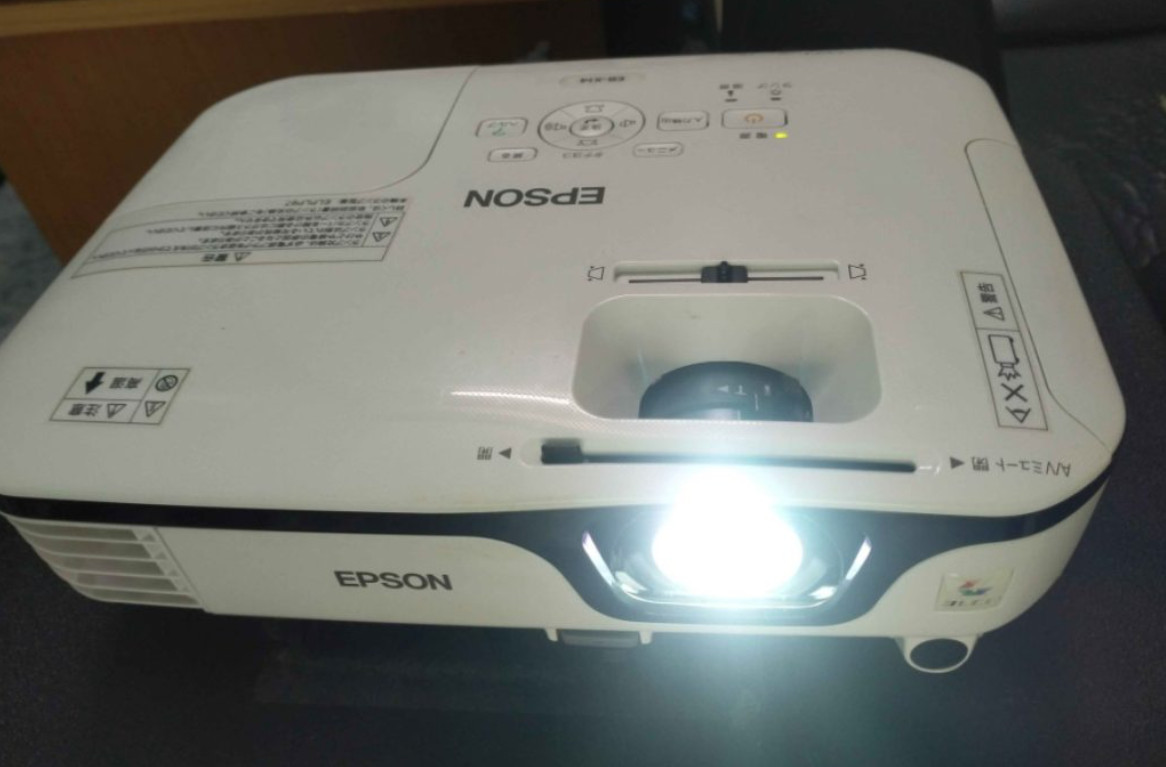
Generally, a high-resolution and bright projector would consume more power than a 100″ HDTV.
Mid-sized projectors will draw around 300 watts per hour, while the giant HDTVs use just over 250 watts.
HDTVs cost, on average, three times the price of projectors. But in return, they will consume much less power.
Projector’s Power Consumption
There is no specified power consumption for the projector. Instead, the amount of power these devices consume will depend on some factors, such as brightness and size.
Electric models can draw between 150 and 800 watts each hour in most cases. Meanwhile, the power consumption per hour is between 10 and 70 watts.
Power Consumption of a TV
Most televisions consume between 80 and 400 watts each hour. The amount of power they consume will depend on their size or their display technology.
The number of watts consumed per hour by TVs is significantly less than that of projectors. However, that does not mean that TVs are always the optimal solution in all cases.
Next, we will discuss the main factors that directly affect the number of watts consumed by these devices.
Comparison Of Electricity Consumption: Projector Vs. TV
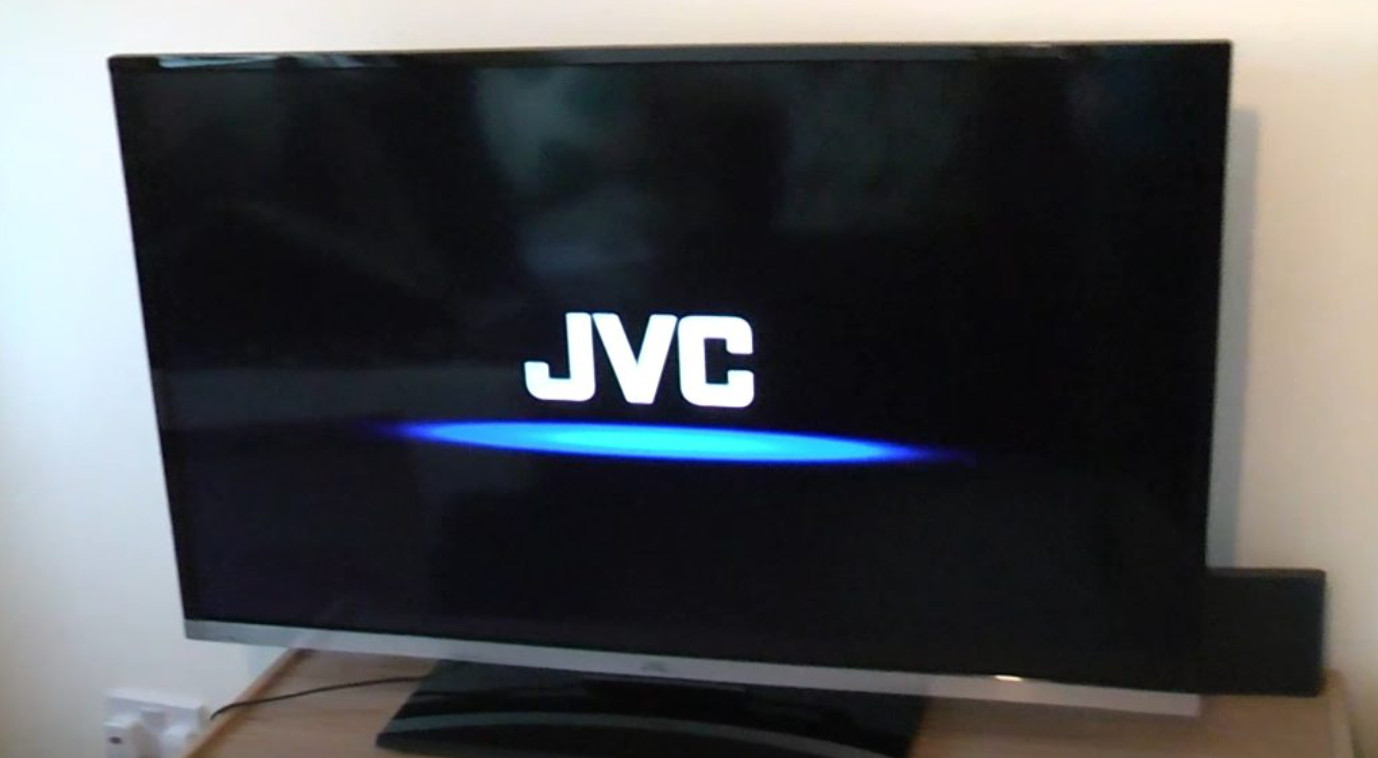
The following are the main factors that directly affect the number of watts used by TVs and projectors. We will base on these elements to compare both devices.
Light Source
Different projectors utilize light from many sources. For example, older models only rely on bright lamps that use a lot of energy.
Modern projectors without lamps are equipped with more energy-safe lighting options. These devices utilize solid-state light sources, such as lasers and LEDs. These sources usually use less energy than most traditional lamps.
LED models are the most energy-efficient. The fact is that they utilize LEDs as their source. As a result, these projectors usually use 50 to 150 each per hour.
Model lasers are significantly brighter than their LEDs counterparts. They are durable and use around 200 watts each hour.
Many modern devices are the perfect combination of LEDs and lasers. They are hybrid projectors, and 300 watts is their power consumption.
The lamp-free projector is usually utilized in classrooms and home theaters. It is favored for its portability and moderate brightness.
LED televisions have a light source of LEDs. Hence, they feature an eye-catching design and use 120 to 400 watts, which depends mainly on the screen size.
However, many other televisions are equipped with CCFL, EEFL, or HCFL, which require more electricity than LEDs.
Related:
– Projector vs. TV: Which is superior?
– For a projector, what contrast ratio is ideal?
Brightness
Brightness is the critical aspect of getting quality photos from projection.
Brightness coming from projectors is measured by lumens. Many models feature between 1,000 and 2,500 lumens, and higher-brightness products have over 3,000 lumens.
Models with 3,000 lumens or more are better suited for large spaces with inadequately controlled lighting. Yet, they will increase your electricity bill.
A regular lamp projector typically consumes from 300 to 500 watts each hour. Brighter models used for movie theaters may even utilize up to 800 watts.
The actual number should depend on the watt of the halogen or incandescent bulb in lamps.
On the other hand, televisions don’t require much power to provide brightness.
In addition, these devices use back projection. Hence, they cannot lose light to reflection and distance in most cases.
Device Technology
The display technology of the TV also significantly affects the amount of power required to operate.
For example, LED models will be more energy-efficient than LCD TVs (if they are the same size). Meanwhile, Plasma TVs consume the most electricity.
The same goes for projection technology. For example, DLP projectors will use more electricity than other models, even with similar specifications.
Screen Size
As with all display devices, larger screens will have higher brightness to maintain sharp and clear images. In addition, models with higher resolution will also consume more electricity.
For example, let’s say your device is 300″ in size and has a high resolution. As a result, it will use more power than other models.
You can still get huge images from a projector with moderate brightness. But when zooming in on images from a moderately bright model, you may not get great-quality images.
Screen size is essential for TVs. The larger the model, the more power it will consume.
TVs are available in various sizes. For example, 17-inch products only utilize about 15 watts each hour, while their 50-inch counterparts with 4K screens can use 70 to 120 watts. 90″ TVs can utilize up to 380 watts/hour.
Related:
– How Big are 90, 100, 110, 120, and 150-inch Projector Screens?
– How should a ceiling-mounted projector screen be hung?
Usage
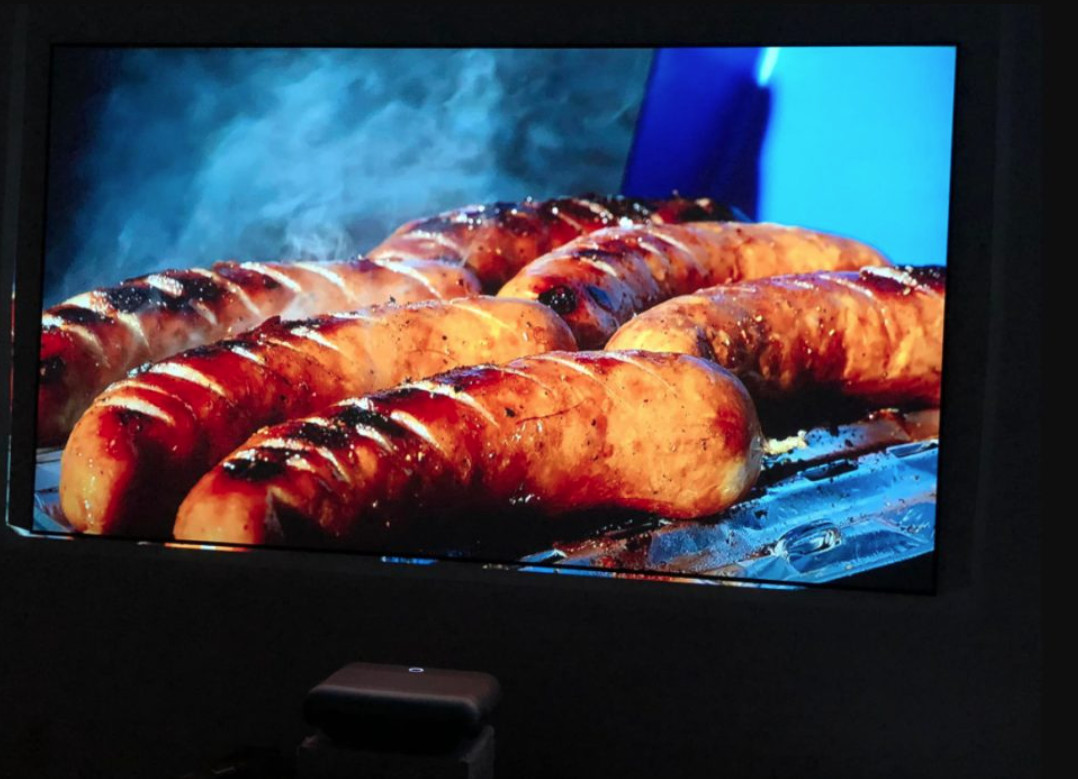
No matter how little power your device consumes, it can still bring you a higher electricity bill.
The fact is that TV technology and design allow you to utilize them for hours. Using them for a long time will consume a vast amount of electricity.
It is not feasible to use the projector continuously for many hours. Otherwise, it will become too hot.
Ways To Calculate Your Projector Or TV Power Consumption
Here are two ways that allow you to measure your TVs or projectors’ electricity consumption.
Check the Device Specifications
Checking your device’s specs is the easiest way to determine how many watts it consumes per hour. All modern TVs and projectors come with a label or instruction manual to give you these specifications.
Watt Measuring Device
Using a watt meter is an accurate way to measure electricity consumption. It will act like a power meter that you must plug into an outlet.
Conclusion
Hopefully, through this article, you have received the answer to “Does a projector use more electricity than a TV?” We will be happy if the information we provide is helpful to you. Thank you for reading!

